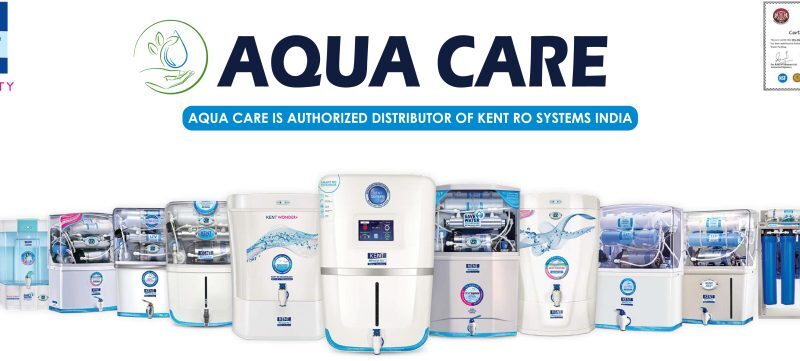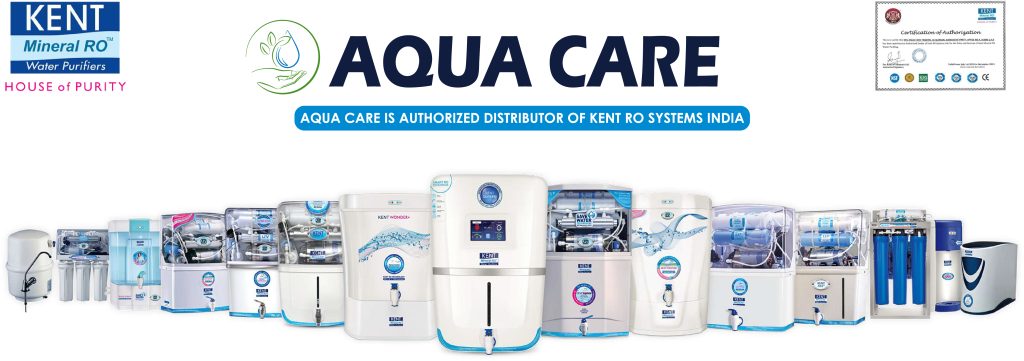How to install Whole House water Filter at Home
Installing a whole house water filter involves several steps and requires some plumbing skills. If you’re not comfortable with plumbing or DIY projects, it’s advisable to hire a professional. However, if you’d like to try it yourself, here’s a general guide:
Tools and Materials Needed
- Whole house water filter kit
- Pipe cutter
- Teflon tape
- Adjustable wrenches
- Soldering torch and solder (if dealing with copper pipes)
- PVC cutter or hacksaw (for PVC pipes)
- Pipe fittings (as per your plumbing)
- Shut-off valves
- Bucket and towels for water cleanup
Steps to Install a Whole House Water Filter
1. Choose the Location
- Select a Location: The filter should be installed into the main water line so all water is filtered.
- Accessibility: Ensure it’s easily accessible for future filter changes.
- Before the Water Heater: Place the filter before the water heater to protect it from sediment.
2. Turn Off the Main Water Supply
- Shut off the main water supply to avoid water spillage during installation.
3. Drain the System
- Open the lowest faucet in the home to drain water from the pipes.
4. Cut the Pipe
- Use a pipe cutter to cut the pipe where the filter will be installed.
- Remove a section of the pipe to accommodate the filter.
5. Install Fittings
- Prepare the pipe ends and fittings. If you’re using copper pipes, you might need to solder the fittings.
- For PVC, use appropriate PVC glue.
6. Mount the Filter
- Some filters come with a mounting bracket. Secure this to the wall.
- Ensure the “in” and “out” ports on the filter are oriented correctly; water should enter the “in” port and exit through the “out” port.
7. Connect the Filter
- Connect the filter to the pipes. Use Teflon tape on the threads for a better seal.
- Tighten connections with wrenches but be careful not to overtighten.
8. Install Shut-Off Valves
- It’s advisable to install shut-off valves on either side of the filter for easy maintenance.
9. Check for Leaks
- Slowly turn on the main water supply and check for any leaks.
- Tighten connections if necessary.
10. Flush the System
- Allow water to run through the filter for a few minutes to remove any carbon fines or sediments from the new filter.
Safety Tips
- Always follow the manufacturer’s instructions for your specific filter model.
- Wear safety gear like gloves and safety glasses, especially if soldering.
- Ensure good ventilation if you are soldering indoors.
Maintenance
- Regularly change the Aqua water filter as per the manufacturer’s recommendations.
- Monitor water pressure and quality for any signs the filter needs attention.
Remember, every home and filter model is different, so be prepared for some variations in these steps based on your specific situation. If you encounter any difficulties or are unsure at any point, it’s best to consult with a professional plumber.
Certainly! In addition to the basic installation steps, there are some other important considerations and tips that can help ensure a successful installation of your whole house water filter:
Additional Considerations
Pre-Installation Checks
- Water Pressure: Check the water pressure in your home. Some filters have a maximum pressure rating and may require a pressure reducing valve if your home’s pressure is too high.
- Pipe Size and Type: Identify the size and type of your existing plumbing (copper, PEX, PVC, etc.) to ensure you get the correct fittings and connectors.
Understanding the Filter System
- Types of Filters: Understand the type of filter you’re installing. Some systems have multiple stages of filtration (sediment, carbon, etc.), and each may require different maintenance.
- Flow Direction: Pay close attention to the flow direction marked on the filter. Installing the filter backwards will impede its effectiveness.
Installation Tips
Secure Piping
- When cutting into your existing plumbing, make sure the pipes are well supported to avoid strain on other parts of the plumbing system.
Use of Fittings
- If using push-fit or compression fittings, ensure they are fully seated and secure.
- For threaded connections, wrap Teflon tape in the direction of the thread to prevent leaks.
Bypass Option
- Consider installing a bypass loop. This allows you to divert water around the filter during maintenance, preventing water supply disruptions.
After Installation
Initial Inspection
- After installation, inspect all joints and connections while the system is pressurized but before the water is fully turned back on.
Water Quality Check
- After the initial flushing, it might be a good idea to test your water to ensure the filter is functioning properly.
Long-Term Maintenance
Regular Monitoring
- Regularly check for any signs of leaks or drops in water pressure, which can indicate a clogged filter.
Record Keeping
- Keep a log of filter changes and maintenance activities. This helps track the filter’s lifespan and efficiency.
Manufacturer’s Guidelines
- Always refer to the manufacturer’s guidelines for specific maintenance advice and troubleshooting.
Safety First
Turn Off Electrical Appliances
- If your installation is near electrical appliances or outlets, ensure they are turned off to avoid any electrical hazards.
Emergency Preparedness
- Have an emergency plan in place in case of a significant leak. Know where your main water shut-off valve is located.
When to Call a Professional
- If you’re unsure about any aspect of the installation, it’s best to call a professional plumber. Incorrect installation can lead to water damage or inefficiency in filtering your home’s water supply.
By following these additional guidelines and tips, you can ensure a smoother installation process and maintain the effectiveness and longevity of your whole house water filter system. Remember, safety and accuracy are paramount in such installations.




